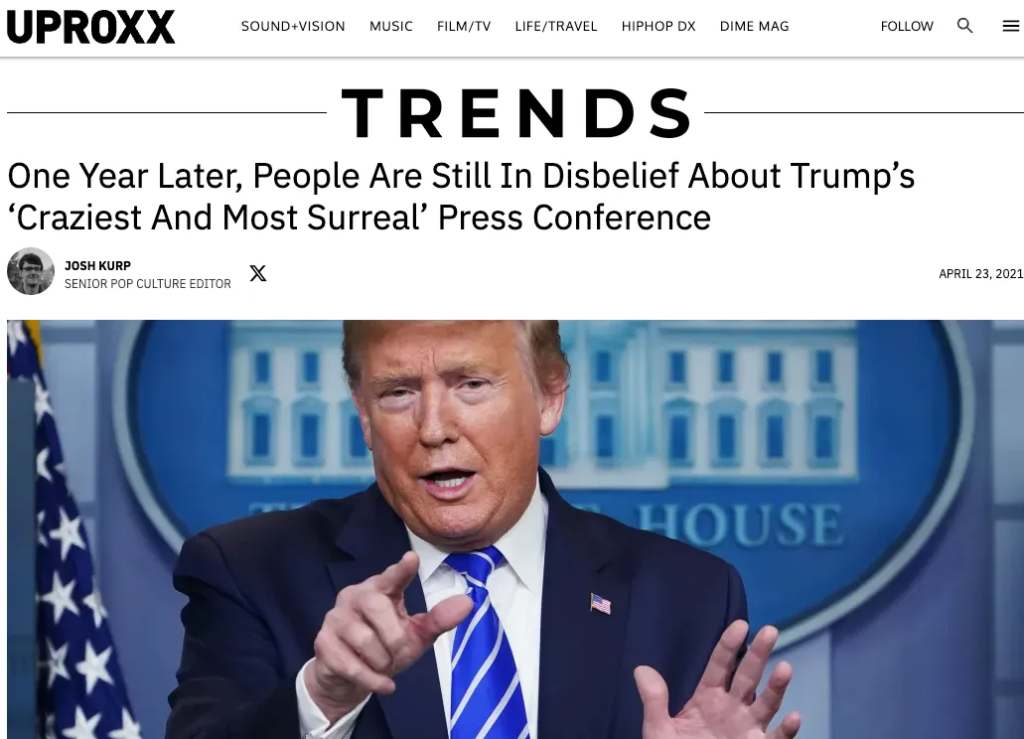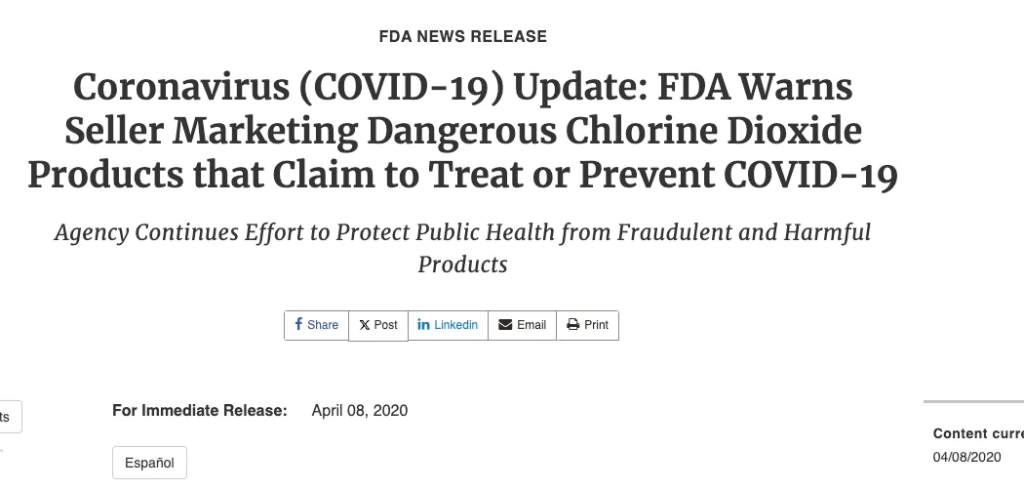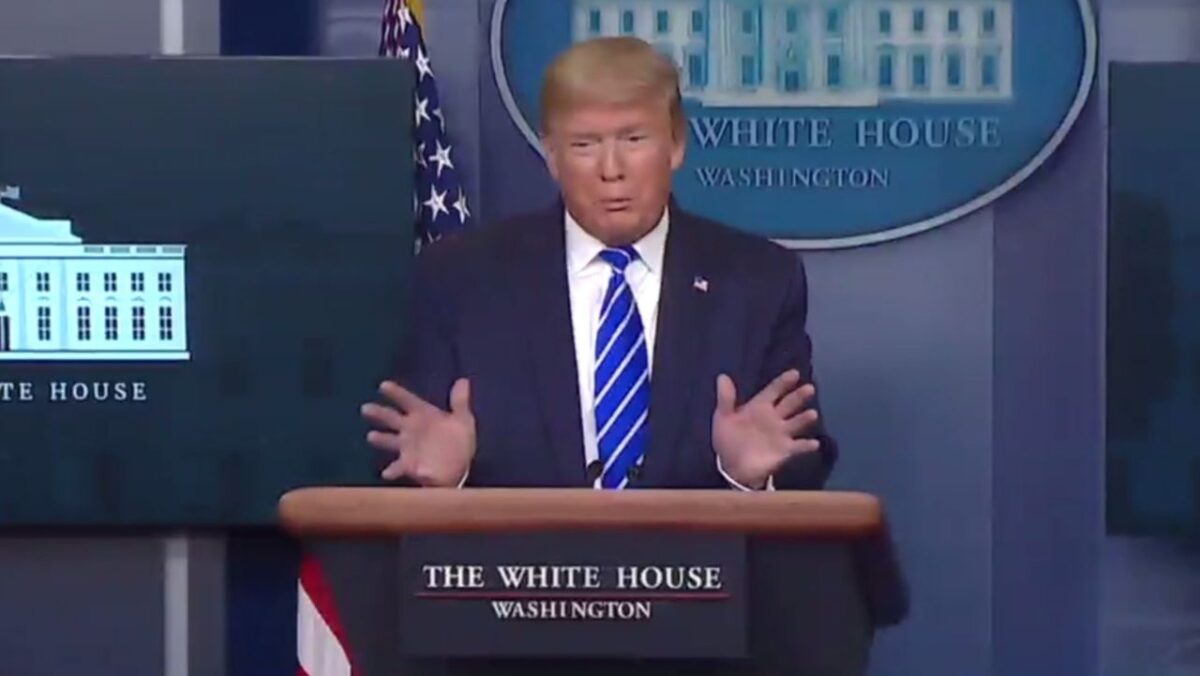Understanding Chlorine Dioxide: A Conservative Perspective
A broad and powerful anti-microbial and disinfectant, chlorine dioxide is safe for human ingestion at therapeutic doses. This may sound surprising given the negative propaganda surrounding it, but understanding this can significantly impact your health, especially in light of potential future pandemics. Make sure to stay tuned for more insights on this topic.
The Controversy Around Trump’s Press Conference
Let’s revisit what one news site labeled as “Trump’s Craziest and Most Surreal Press conference.” This was the event where many across the globe believed Trump was either misinformed or joking when he suggested that “bleach” could be injected to treat Covid. However, what if I told you that he wasn’t actually talking about bleach at all?

Here’s a fun fact: By the end of this post, you might see that what many thought Trump meant—chlorine dioxide—is not only safe but also effective against a wide range of pathogens.
Chlorine Dioxide vs. Bleach: What’s the Difference?
It may surprise you to learn that regulatory agencies often refer to chlorine dioxide as “bleach,” despite it being distinctly different from sodium hypochlorite (the chemical in household bleach). The safety levels for orally ingested chlorine dioxide are well established, proving far above therapeutic dosing ranges.
Numerous products we use daily contain chlorine dioxide without issue. In fact, over 500 U.S public water treatment plants add it to our drinking water regularly! How can something so widely used suddenly become dangerous when discussed as a potential treatment?
A Disinformation Campaign?
It seems like there is an ongoing campaign against treatments like chlorine dioxide, similar to what we saw with ivermectin and hydroxychloroquine. It raises questions about why these potentially effective therapies are met with such resistance from authorities. After all, Jim Humble and Mark Grenon have been using chlorine dioxide successfully since 1996 without major issues until Covid hit.

The government only seemed to take action against them after they started treating patients during the pandemic. Why now? It begs the question of whether there is a deeper agenda at play.
The Media Response and Clarification
After Trump’s remarks sparked outrage, many doctors rushed in to condemn him publicly. They claimed injecting bleach was dangerous—a sentiment we can agree on regarding actual household bleach—but again, that’s not what Trump referred to when discussing disinfectants.
Pulmonologist Dr Vin Gupta told NBC News: “This notion of injecting or ingesting any type of cleansing product into the body is irresponsible.”
This reaction highlights how easily misunderstandings can spiral out of control in today’s media landscape. The truth is that while no one should inject bleach into their body, chlorine dioxide operates differently than common misconceptions suggest.
The Future of Chlorine Dioxide Research
The ongoing global narrative around chlorinated compounds serves as a barrier preventing further exploration into their benefits. Despite promising anecdotal evidence from practitioners worldwide who have seen success with chlorine dioxide in treating various diseases—like malaria—it faces systematic suppression by regulatory authorities.
If you’ve ever wondered why solutions remain hidden while millions suffer from treatable conditions like antibiotic-resistant infections or new viral threats—the answer often lies within profit margins and existing pharmaceutical interests.


Leave a Comment